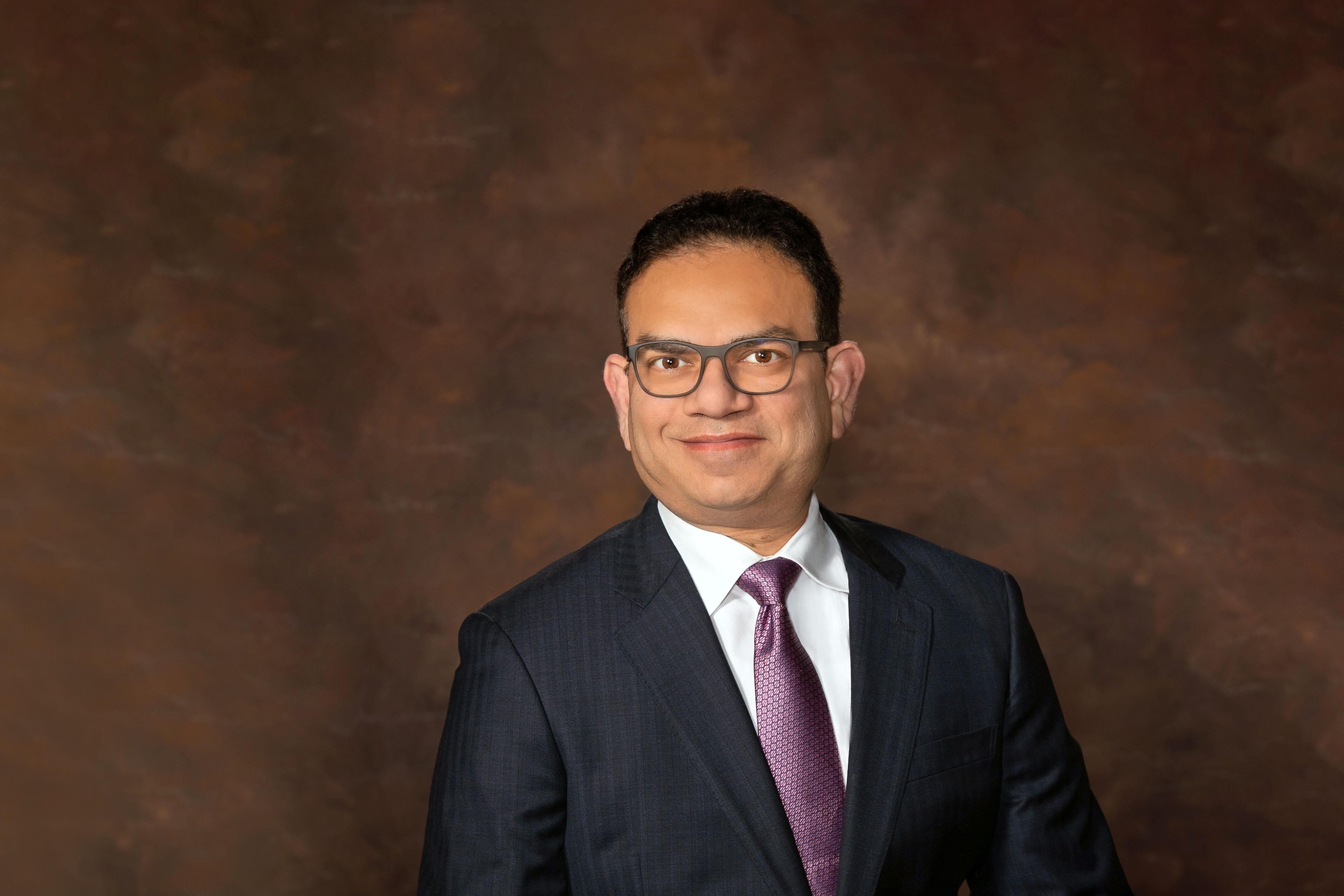EY refers to the global organization, and may refer to one or more, of the member firms of Ernst & Young Global Limited, each of which is a separate legal entity. Ernst & Young Global Limited, a UK company limited by guarantee, does not provide services to clients.

Technology and automation can create opportunity for adding greater sources of value. Here’s how to start defining your future today.
In brief
- Finance leaders are seeing their responsibilities evolve, along with a need to align more closely with their business partners.
- Creating more visibility and transparency while delivering business insights efficiently requires a shift to new tools and new skills.
- For Alcoa, success in their finance transformation journey centered on adding automation, improving quality and transitioning to risk-based accounting.
Traditionally, finance leaders have been focused on talking to their internal and external stakeholders — the company’s executives, business unit leaders and investors who are undeniably crucial groups for any company. But today, these executives find themselves in a business environment that is very far from traditional.
They are expected to be oriented to the future, to align with the growth drivers and other priorities of the business units they support, and to factor in more stakeholder groups, such as their employees and the communities where they do business. In the 2020 EY DNA of the CFO survey, 82% of finance leaders increasingly see CFOs as the stewards of long-term value, serving stakeholders rather than just shareholders. The finance function also has different tools to explore to fulfill those expectations that, in turn, require new skills to use. In short, what they do and how they do it — and for whom — have all shifted.
This has enormous implications for other stakeholders, including controllers and chief accounting officers. In a recent EY LLP- and BlackLine-hosted roundtable, senior finance leaders from more than 30 companies were asked whether their operating models, technology or talent would have the most impact on driving long-term value.
Although half the respondents selected “technology,” the best answer would have been “all of the above.” “The levers should all work in concert, and when they do, so much more value can be unlocked,” said Samir Jaipati, EY Americas Finance Solutions Leader.
In addition, when asked how clear their vision and objectives were for their transformation, more than half reported that they had “some objectives” in place, and almost 30% said they had well-defined plans that had been communicated to the relevant parties.
“Having a steering committee and engagement from different stakeholders, whether it’s internal audit or different locations or regions, really will help strengthen the project and get you the support you need,” said Ashley Nayden, Alcoa’s Director of Finance, Global Shared Services, who spoke during the roundtable about her company’s transformation.
With so much technology and related software on the market, how should controllers set priorities, define plans and make investments? Here are several considerations:
1. Begin with the end in mind
No matter what technology is here today or coming tomorrow, you need a clear vision for your enterprise and finance function. That vision into how you will use new tools, and what operating model and talent will enable them, will help you to create an effective implementation road map — avoiding many of the bumps and pitfalls that come from lack of direction.
For instance, are you hoping to achieve better environmental, social and governance reporting? We think it’s a matter of time before all large companies need to address this topic, based on evolving demands from investors, customers and employees. Perhaps your goal is to close your books on day two, but how can you balance that with providing meaningful information to stakeholders on a daily basis?
2. Have clear objectives around responsiveness, insights and efficiency
Controllers are becoming more like curators. A lack of data is rarely a problem, but analyzing it and finding the trends is a trickier proposition. For these controller-curators, three qualities stand out:
- Responsiveness: how quickly you provide information and fulfill compliance. When something external happens, can you support your organization at speed?
- Insightful: whether data and analytics exist as a self-service function. Is your function positioned to show more insights throughout the month, rather than just at the end?
- Efficient: how automation can reduce manual work to free up your people. For a large corporation, a significant reduction of manual work is within reach, so your resources can shift their focus to activities that add greater value.
3. Look at a broad portfolio of levers — including technologies — as you develop a road map
Looking at your enterprise resource planning (ERP) and closing tools is important, along with what’s new in the market. But remember that technology is just one lever. The business propositions for outsourcing, co-sourcing, shared services and insourcing are changing all the time, so consider how your operating model fits into your plans, instead of vice versa. Talent is another lever that should remain central to your plans, as your employees bring your strategies to life and stand to benefit as well, through greater productivity, less manual work and more interesting tasks.
Use this lens to scrutinize your end-to-end record-to-report process. Start mapping each phase. What tech is being used — for instance, is automation being leveraged? What part of each process is being handled regionally, or in a global center of excellence, or with an external partner? Are processes or skills shortages creating bottlenecks? With a high-level view, you can identify and attack the inefficiencies.
4. Get the right team in place
A transformation affects a wide swath of your organization. When design decisions are centralized and then rolled out in a way that doesn’t clearly align with broader goals and acknowledge nuances such as those in regions, functional areas and lines of business, then it is difficult to get buy-in from impacted teams.
An effective approach is to bring in regional controllers, other functional leaders (such as IT and internal audit) and other C-suite stakeholders to drive ownership and accountability. This gives you an opportunity to identify regional requirements, such as from statutory purposes, and the ERP landscape, for example. This shared accountability also drives better user acceptance and adoption.
Case study: Alcoa’s global finance transformation
With 120,000 general ledger accounts, Alcoa had been using a homegrown system for account reconciliations whose limitations were becoming more apparent — for example, the business couldn’t enforce its reconciliation policy across the globe due to regional nuances. The company turned to BlackLine to enable a better process, along with EY teams to support the implementation.
“Our business case was about quality improvement,” said Ashley Nayden, Alcoa’s Director of Finance, Global Shared Services. “We know that when we do reconciliations in a spreadsheet, there’s a larger margin for error. We wanted to close that gap, as well as improve our visibility, drive efficiency and focus our people on more value-added tasks.”
Thanks to BlackLine’s automation, driven through template assignments and general ledger account groupings, the company immediately achieved 78% auto-certification of its reconciliations, allowing the finance team to transition to a risk-based accounting approach. “We know our outliers and variances that we can investigate further in a couple of minutes, and then spend more time to investigate the why,” Ashley said.
The BlackLine and EY teams worked together to help deliver these results. “Initially I thought we were going to implement it in-house, but there was more complexity than I thought,” Ashley said. “We wanted to leverage leading practices and learnings from an implementation advisor to accelerate our journey.”
Lastly, realistically assess your risk. Finance professionals are risk-averse by design. A year ago, some leaders would have insisted that having a team that works entirely remotely would be limited in its effectiveness. That’s no longer the case. When you’re open to change, you may find that what was once unthinkable can be the best way forward.
Summary
Reimagining what finance can do doesn’t begin with adding another piece of technology onto what you have already. Take the time to determine what you want to achieve and work backward, understanding the tech, talent and operating model considerations.
Related Articles
What every CFO needs to know about the cloud
Cloud technology enables better and more efficient ways of working and serves as a crucial part of a broader digital transformation.
How EY can help
-
Discover how EY & Blackline can help your business improve finance and accounting operations through the governance and automation of finance and risk processes.
Read more



